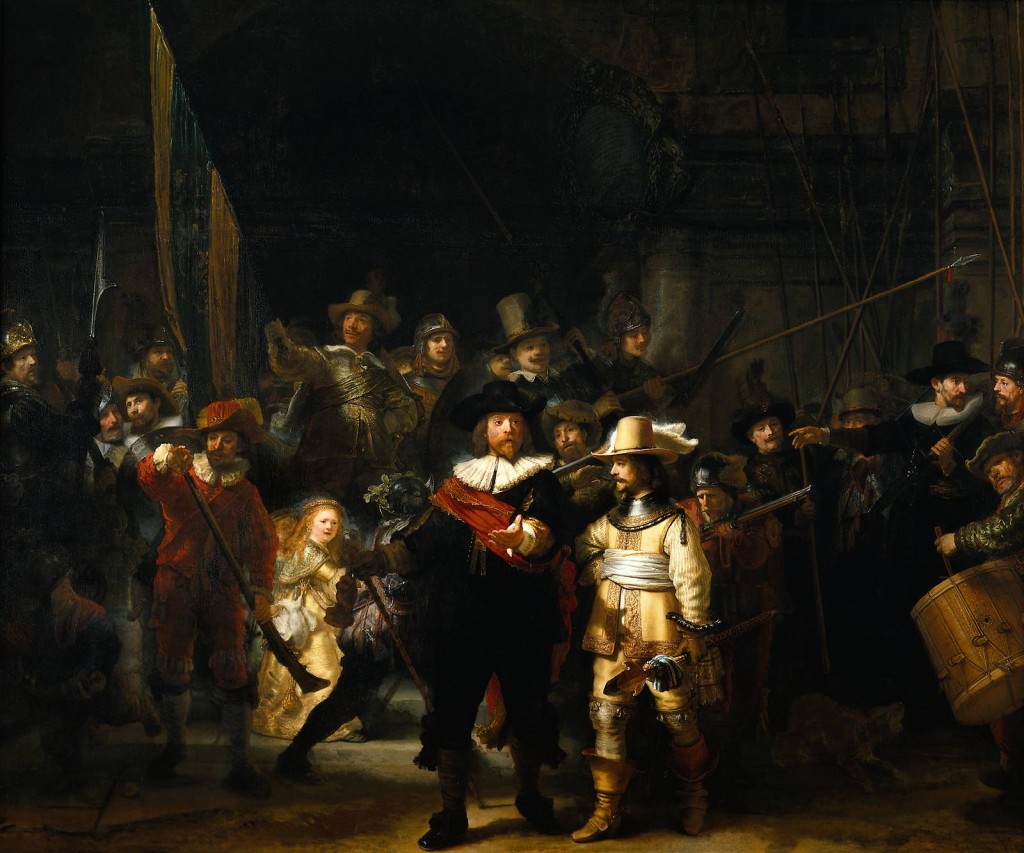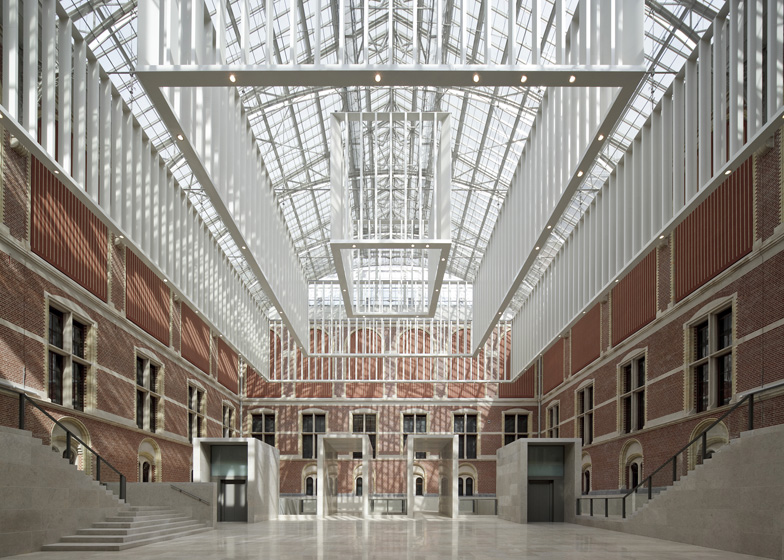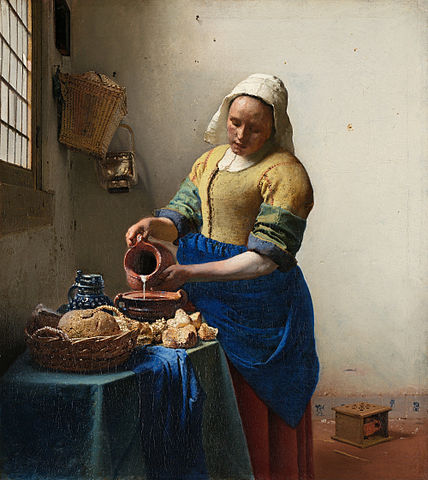This weekend Amsterdam’s Rijksmuseum reopens after ten years of renovations. I haven’t seen it — yet — so I’m not going review what amounts to an entirely new attraction in a city that’s already the Tardis of tourist destinations (larger on the inside than it is on the outside).
Instead I’ll speculate and impatiently anticipate my next opportunity to see some of the 8000 works curated by the national museum of the Netherlands, many of which I’ve already seen in a brutally limited subset hanging provisionally and, vaguely, carelessly in the new and stark and soulless Philips Wing while the ambitious renovations to the main museum were undertaken.
By all accounts the renovations, in spite of being five years overdue and millions of Euros over budget, have been an enormous success. Interestingly, the most common theme appears to be that the most conspicuous achievement of the architectural partnership Cruz y Ortiz (Antonio Cruz Villalón y Antonio Ortiz García) has been to restore the 1876 Gothic/Renaissance vision of the original architect, Pierre Cuypers (who also designed Amsterdam’s Central Station but if you saw it and the Rijksmuseum side-by-side you wouldn’t need to be told that).
The main change appears to be a clever and unintrusive introduction of natural light into the gloom the sprawling complex had acquired over years of patchwork renovations, particularly in the form of a massive skylight over the newly prioritised atrium, returning to the natural access planned by Cuypers. The atrium and its expanse should effectively erase the nervous urge the constricted temporary housing gave visitors to maintain traffic flow.
It’s the light, though, that intrigues me particularly. The Rijksmuseum is ostentatiously endowed with some of the most important works of the Dutch masters (there are crafts and pottery and Asian art but if I’m honest I’d avoid that unless I lived in Amsterdam and could go the Rijksmuseum as many times as it took to get bored of Rubens’ irresistible chubby nudes) and I’ve never seen any of them in natural light. And as it happens, the two biggest crowd-pleasers and arguably most important and certainly most recognisable canvases in the vast permanent collection are famous for their relationship to natural light.
In the case of the instantly recognisable The Milkmaid by Vermeer natural light and its interaction with everything that you see and some things you don’t is the entire point of the work. Vermeer’s purpose is so evidently deliberate you’d call it heavy-handed if it weren’t for the painstaking detail in the shadow of the tiny fissures in the stucco behind the subject that in the oppressive shadows of the unrenovated Rijksmuseum were all but invisible.

The Night Watch, Rembrandt, 1642
Rembrandt’s massive and bewildering Where’s Waldo of a commissioned group portrait, The Night Watch, is the exact opposite. Frankly as doubtless clever as is the extended use of shadow to make the game of identifying luminaries of the day and their drummer and chicken and countless symbols it makes me want to squint, which I suppose is testament to the meticulousness of the artist, but it’s a frustrating sensation that was worsened appreciably by the absence of sufficient light (and space) of Philips Hall.
Both of these masterpieces can only benefit from the renovations and visitors need to reward this dedicated investment and go and appreciate them. Perhaps more importantly you need to go and see in the light of day what appeals to you — I’ve selected two very obvious examples but the Dutch masters are justifiably famous for taming light in much the same way that the Rijksmuseum now does.




